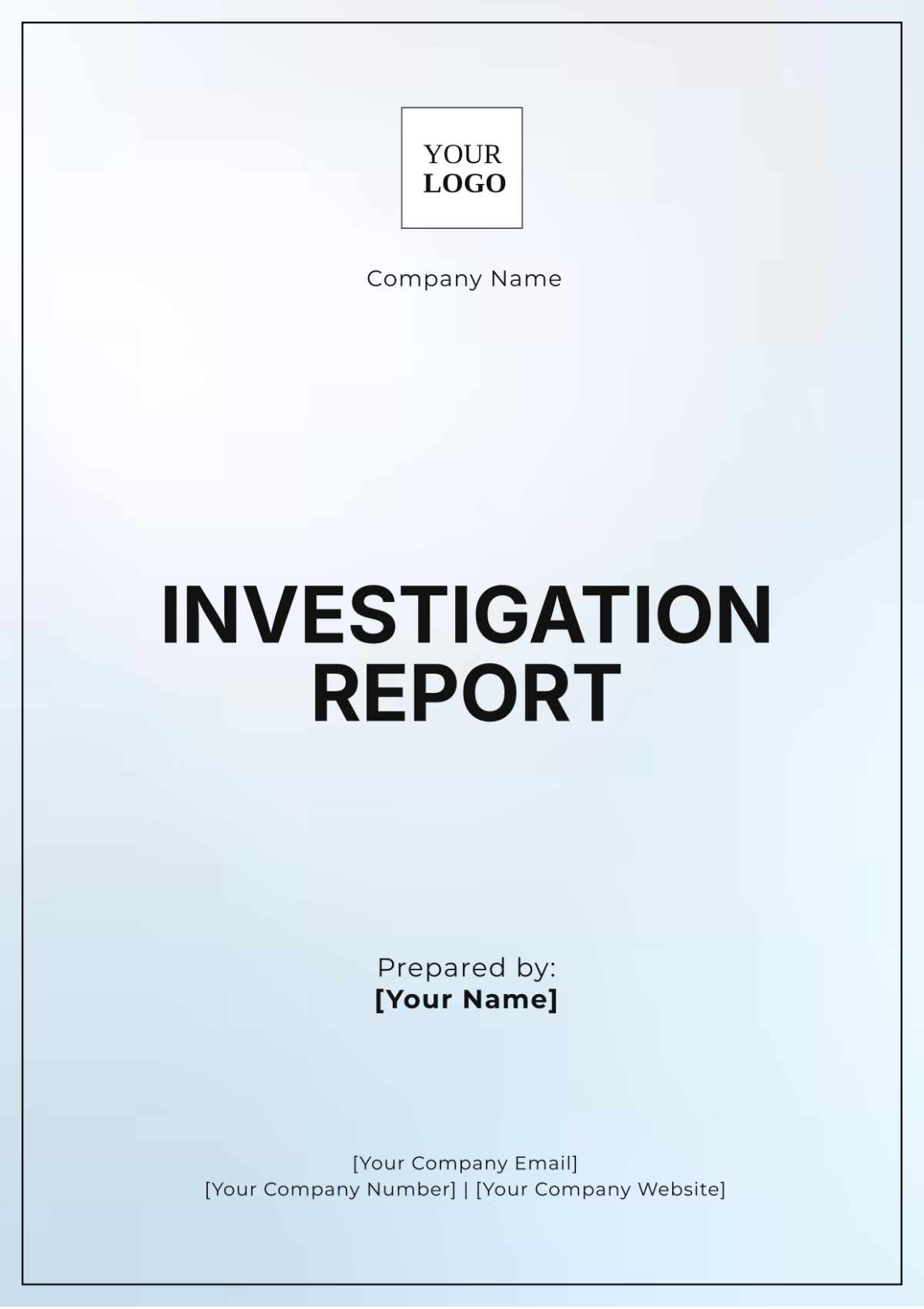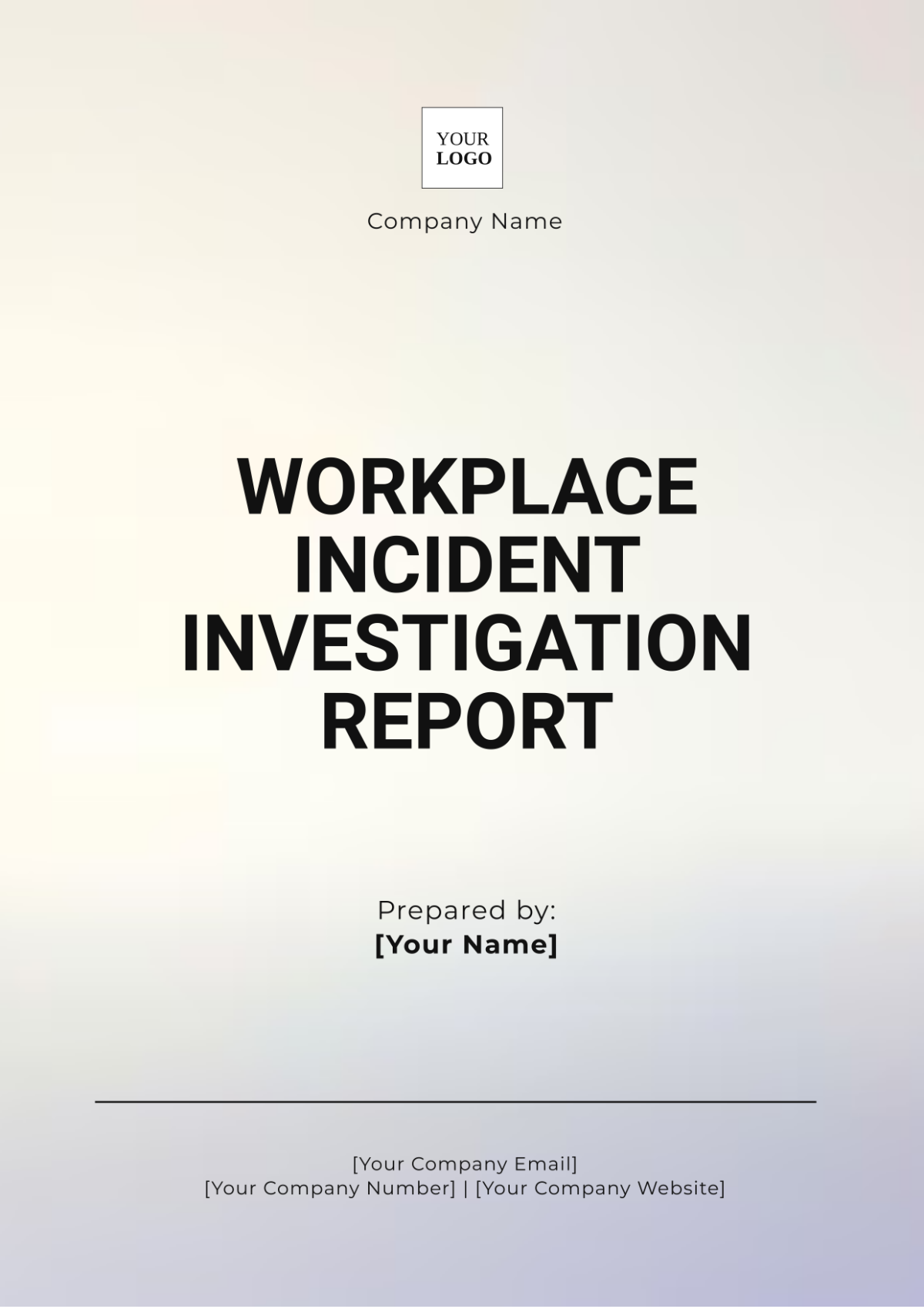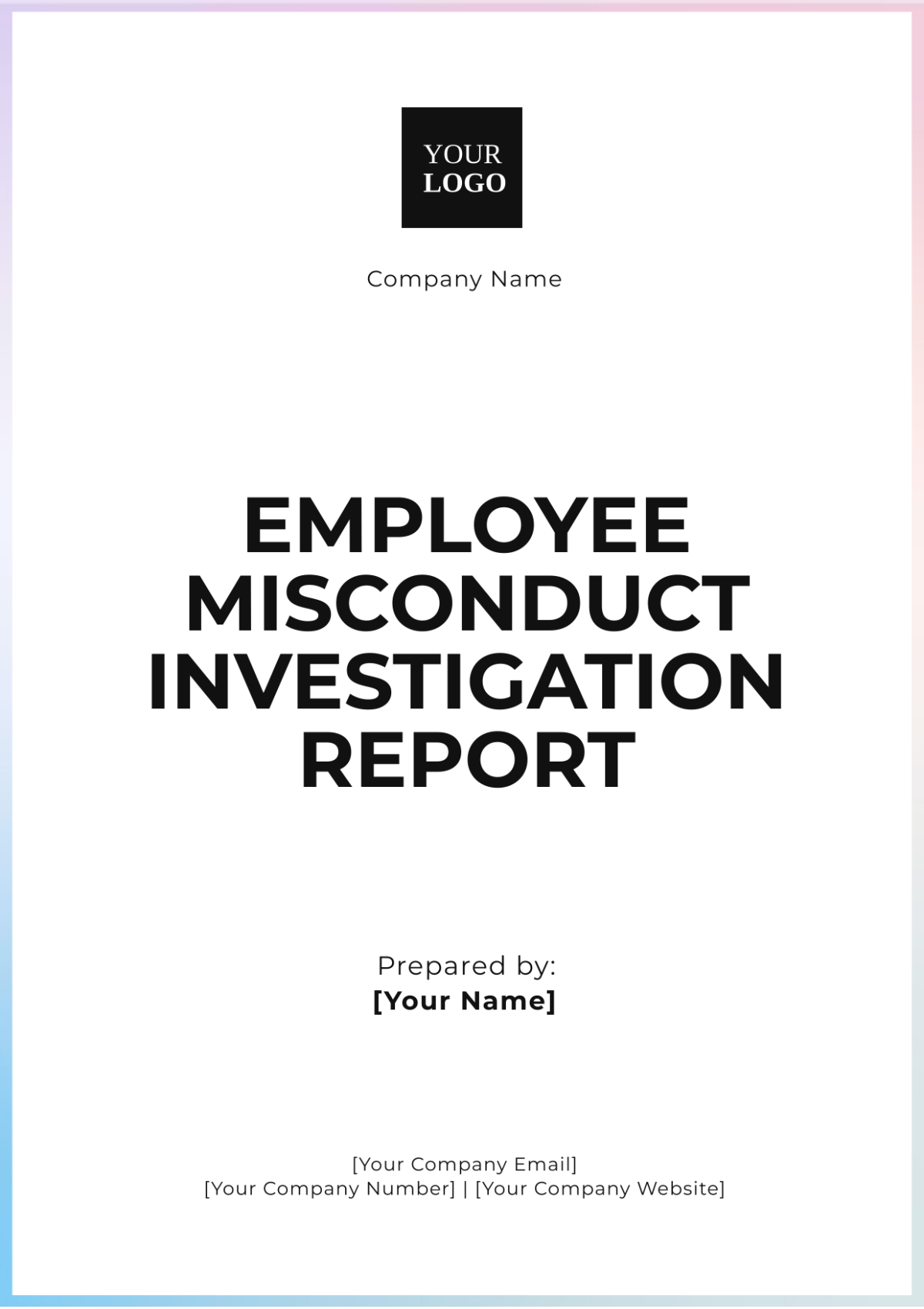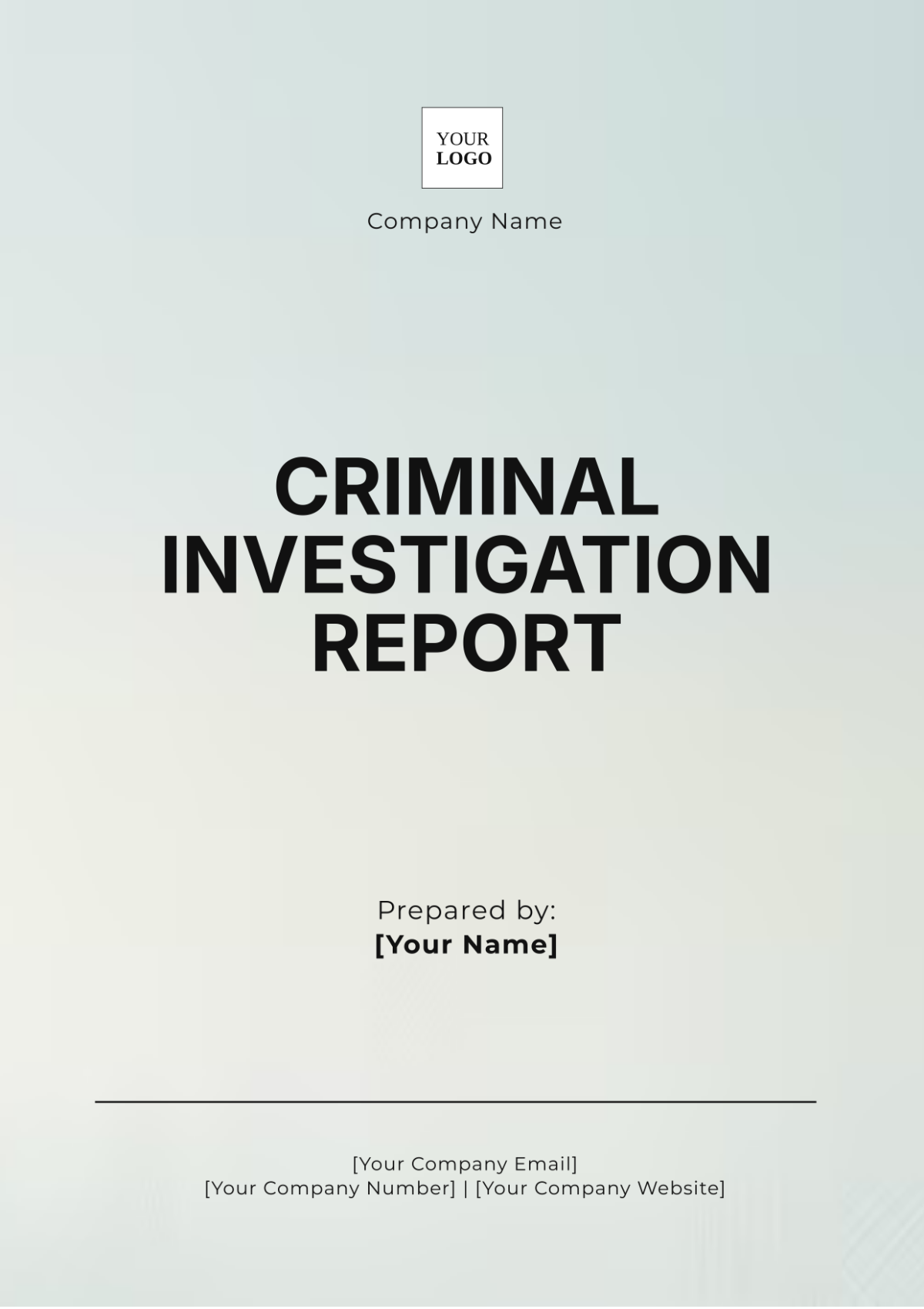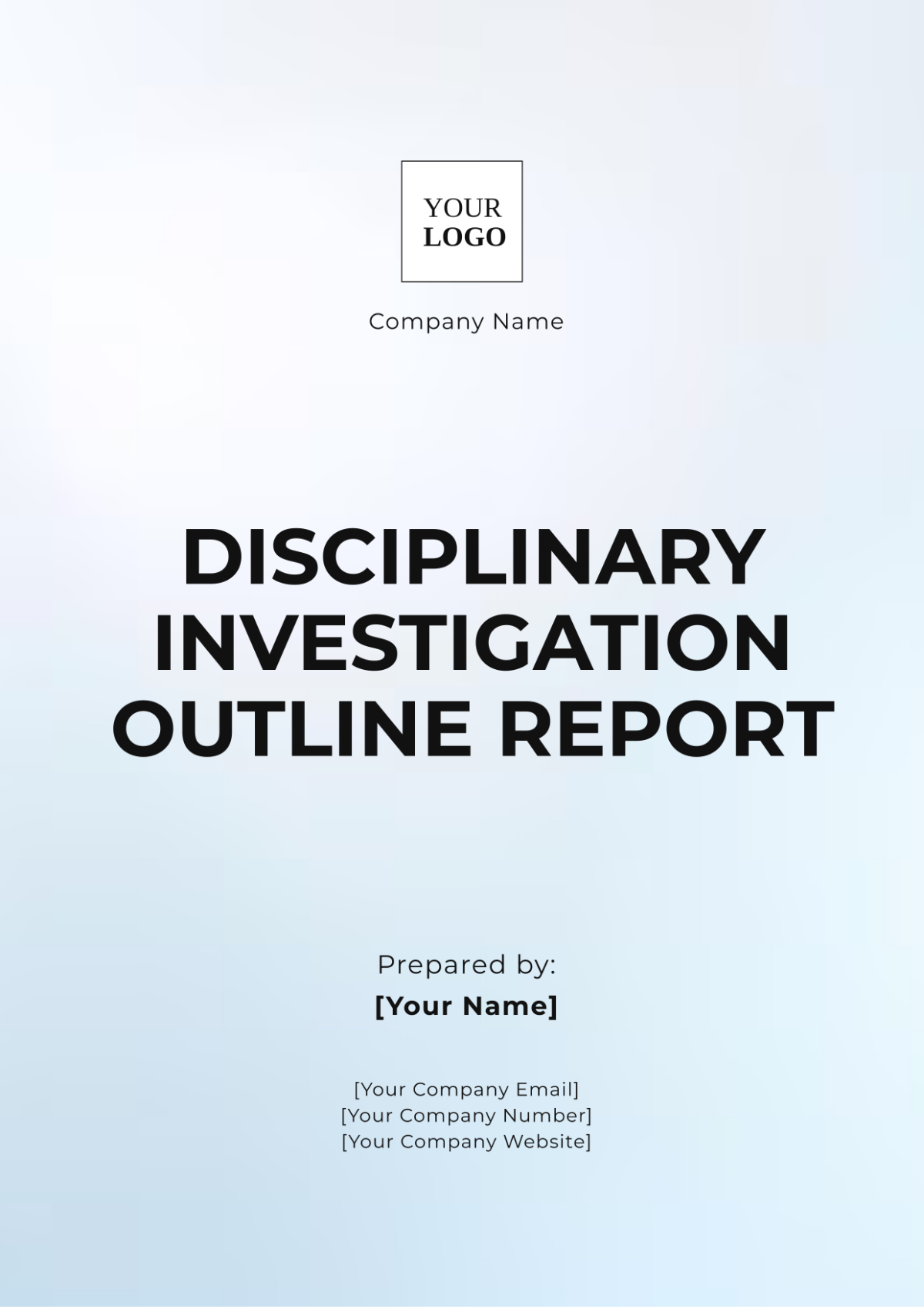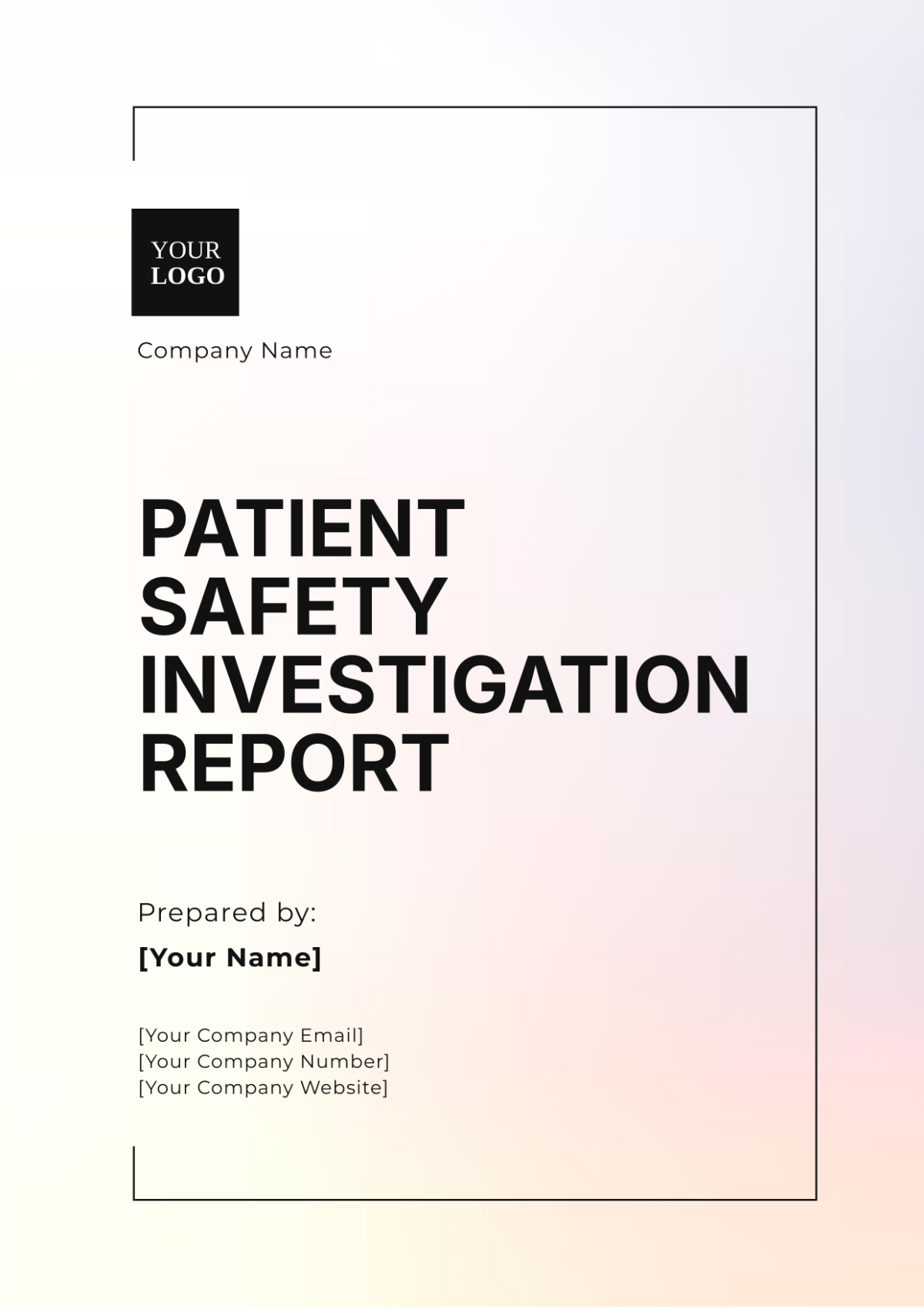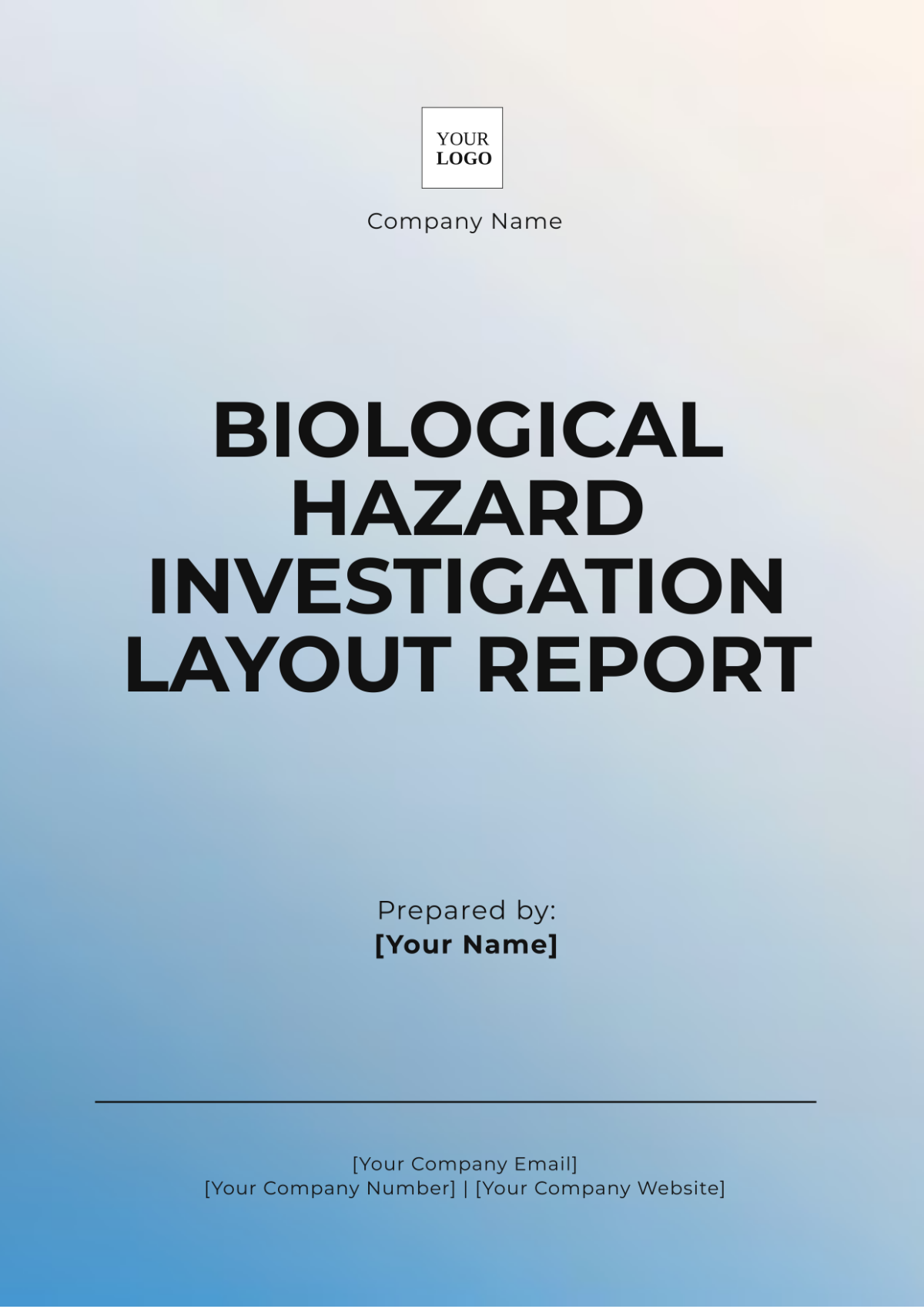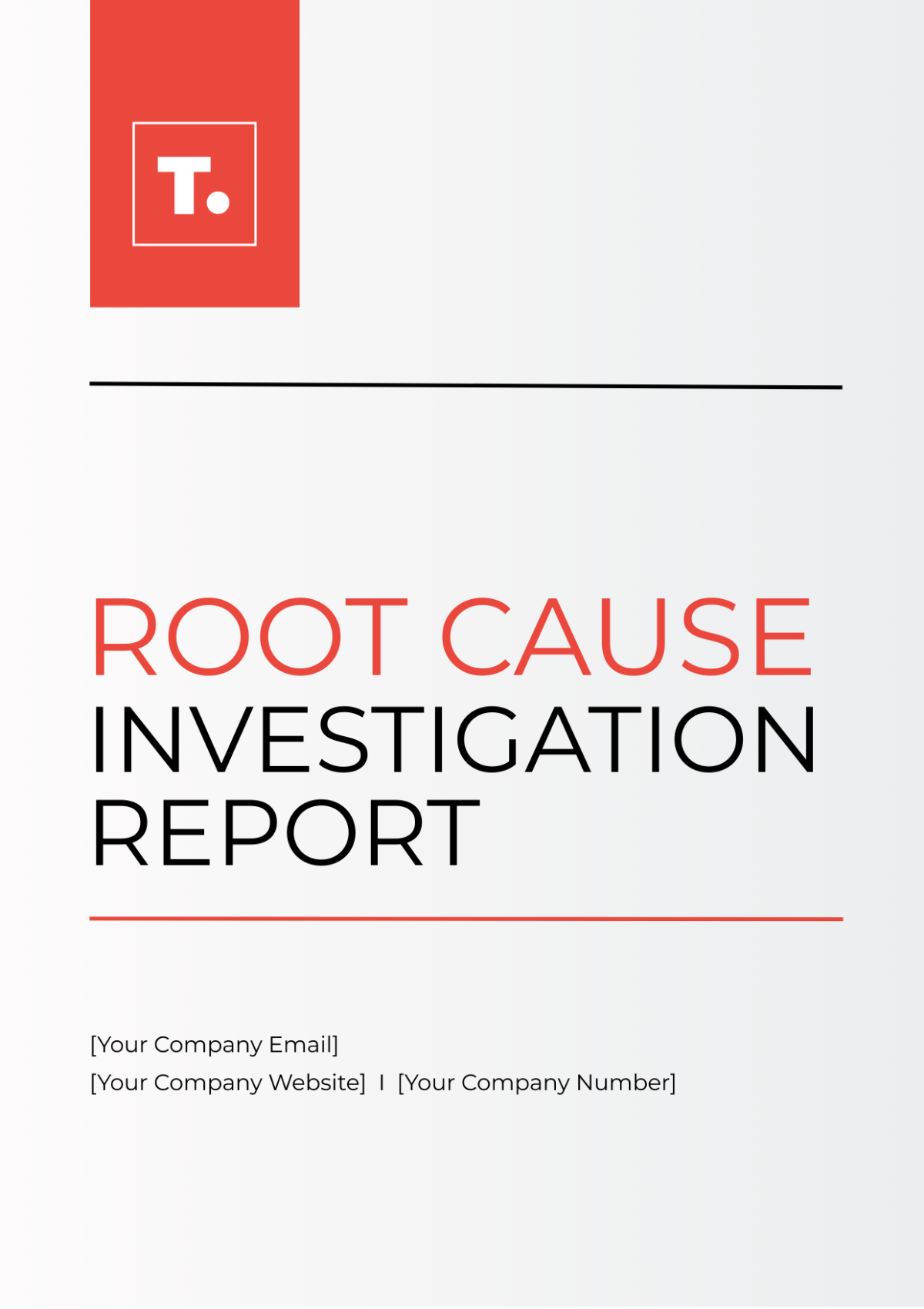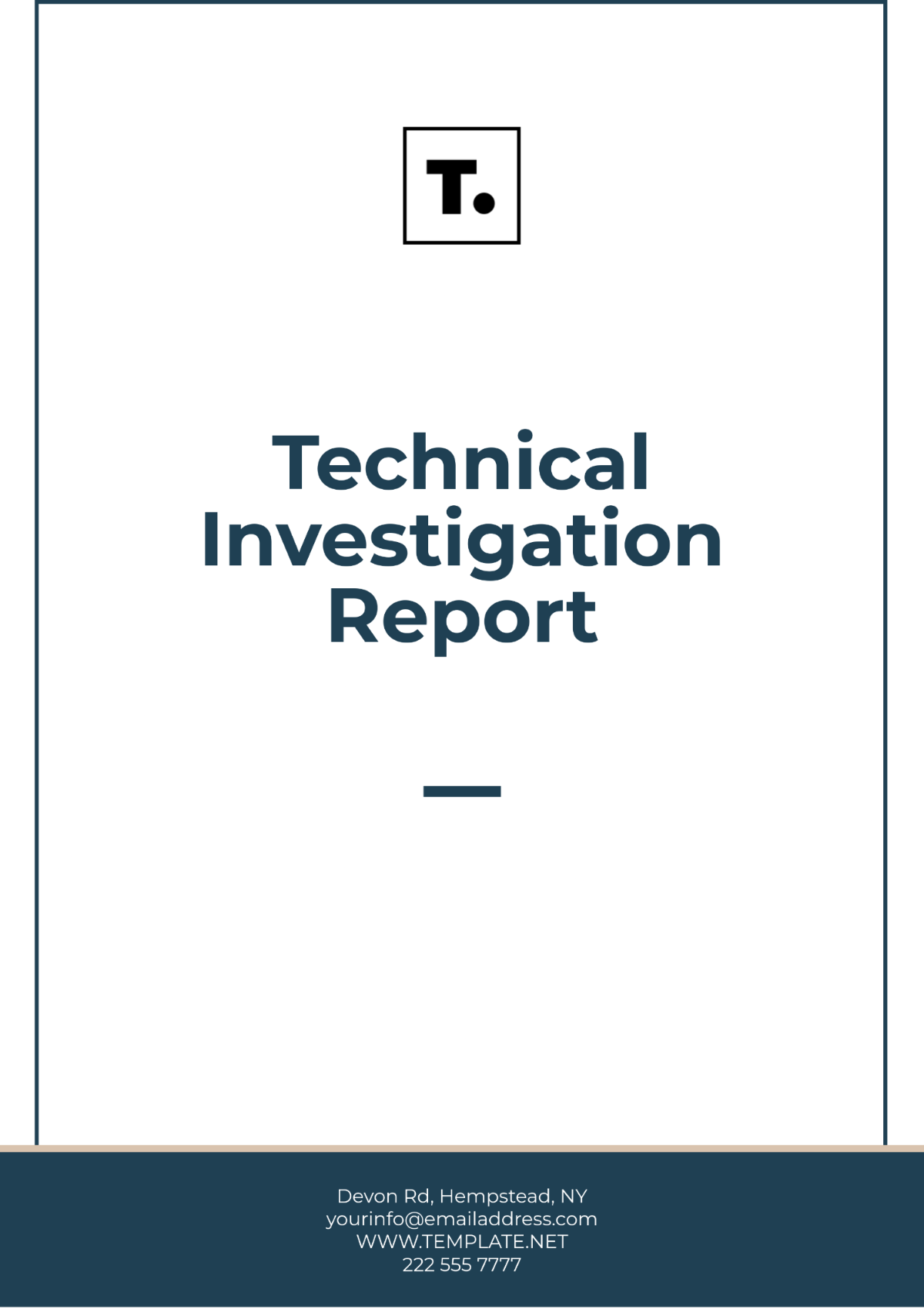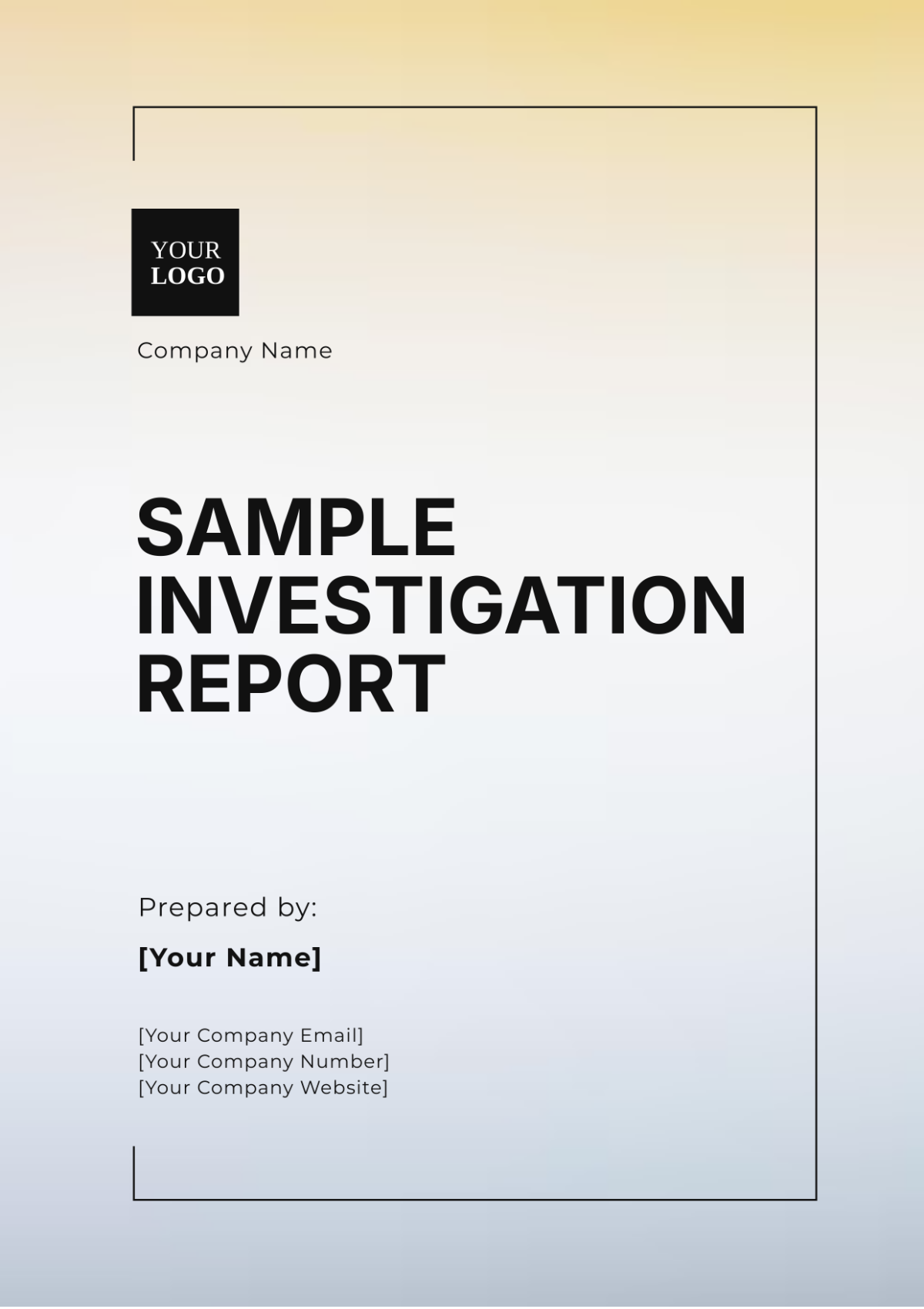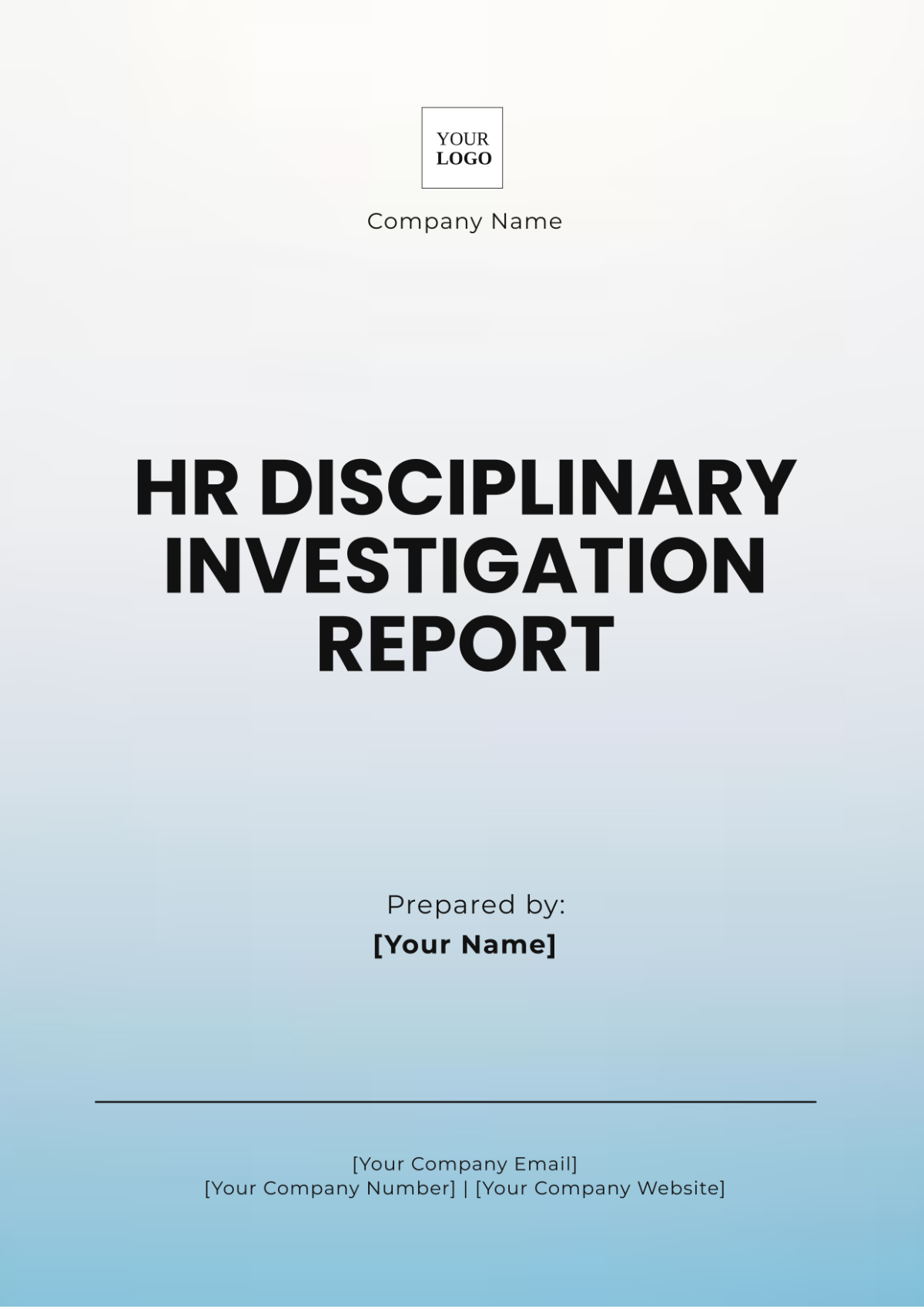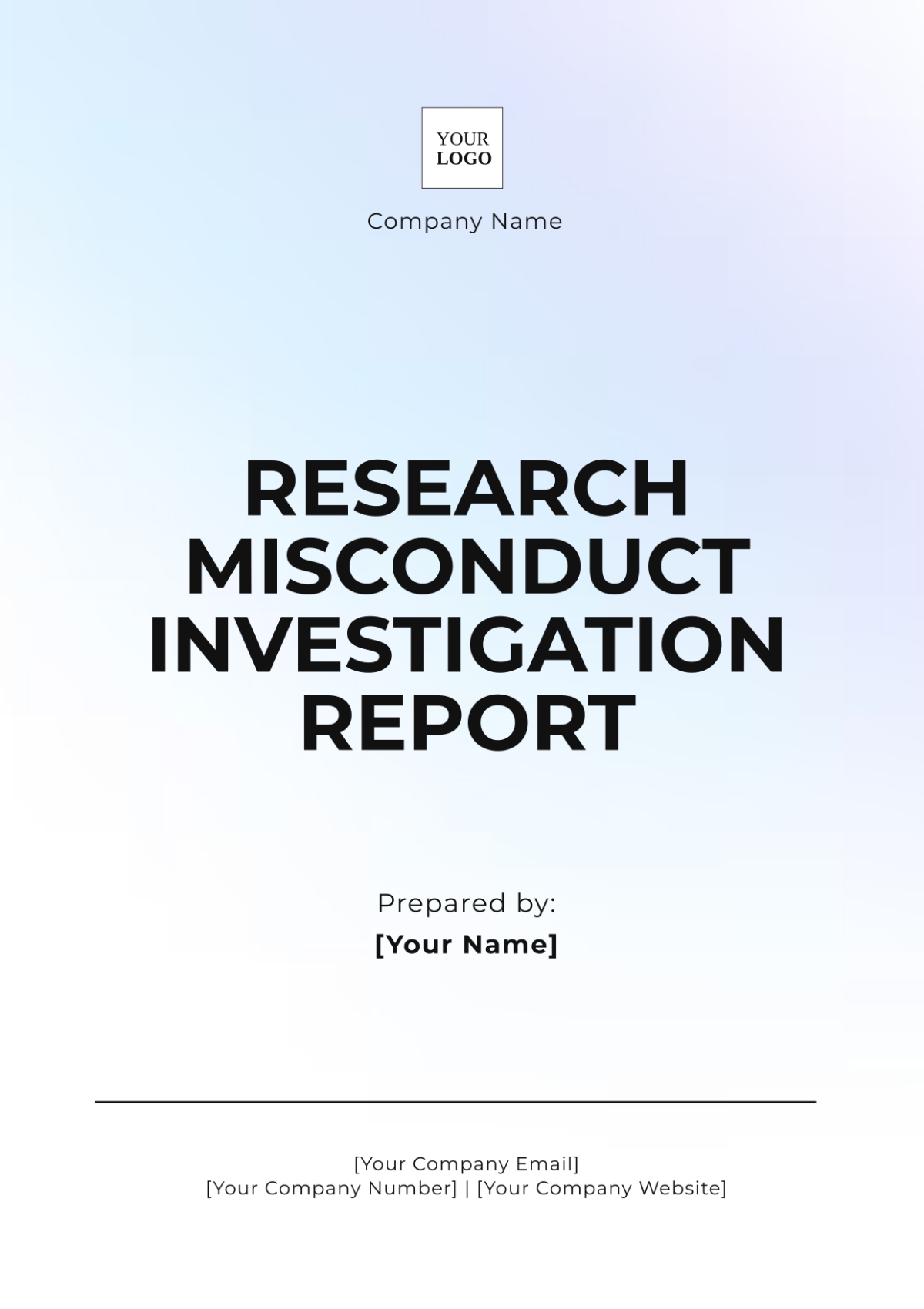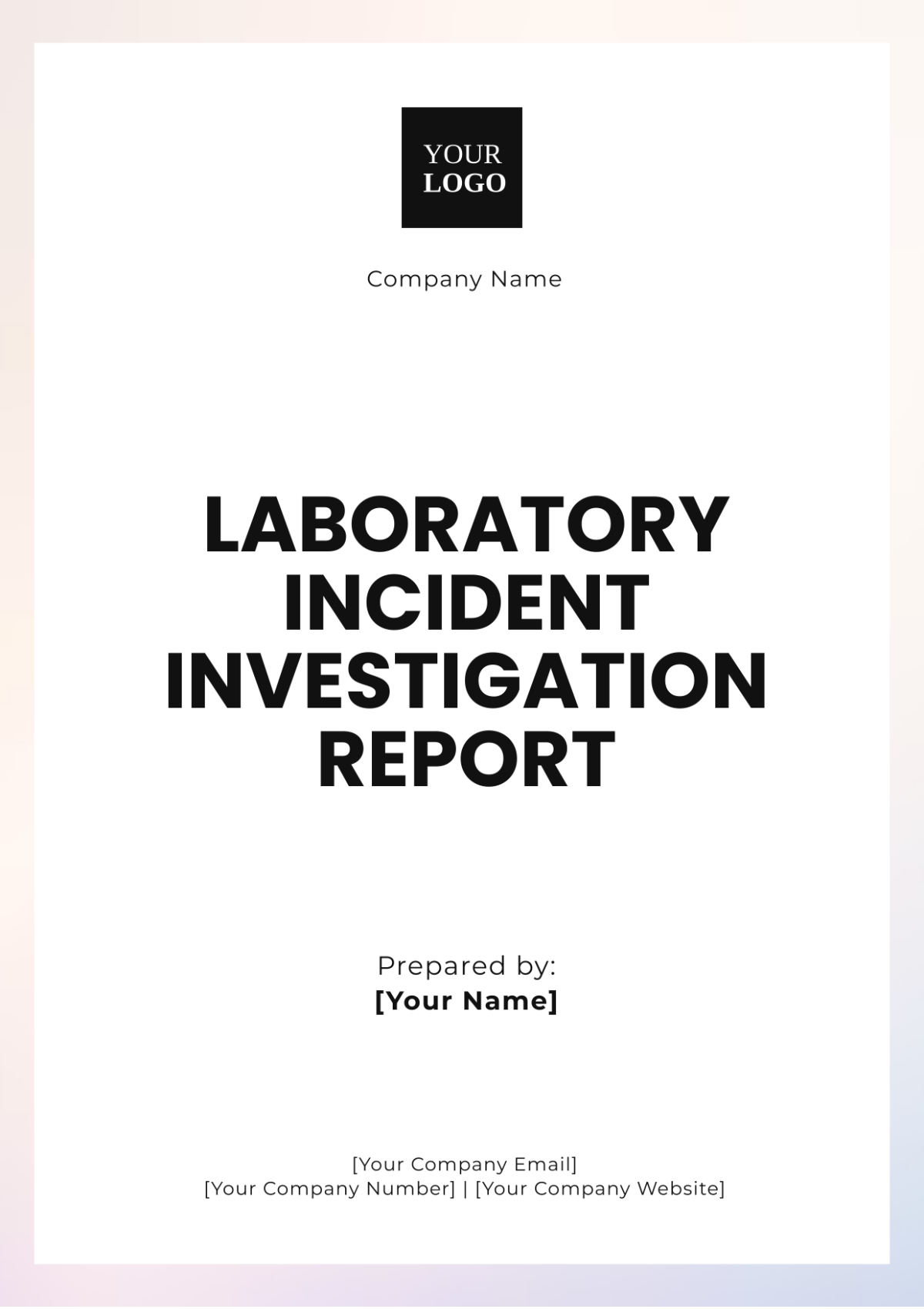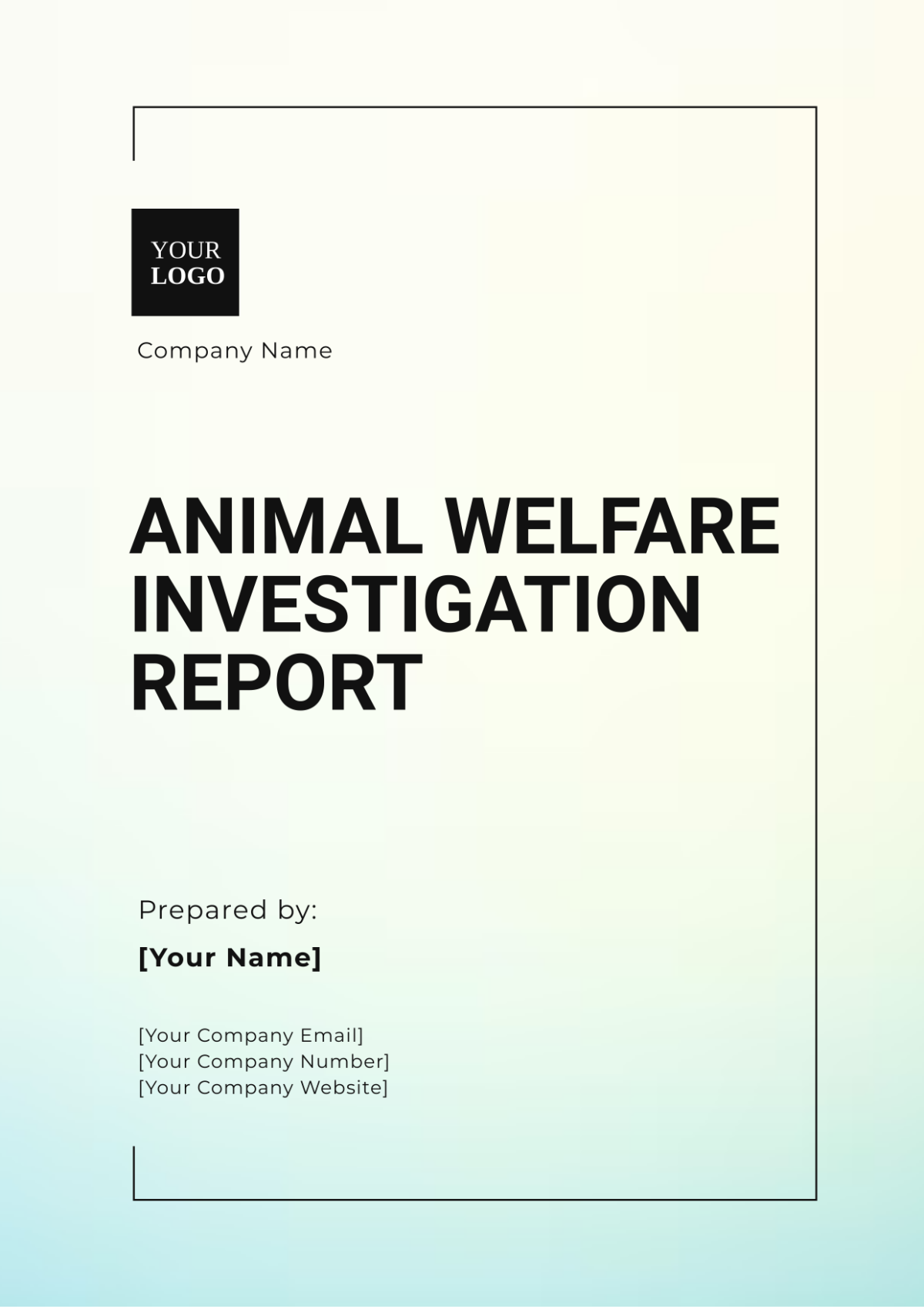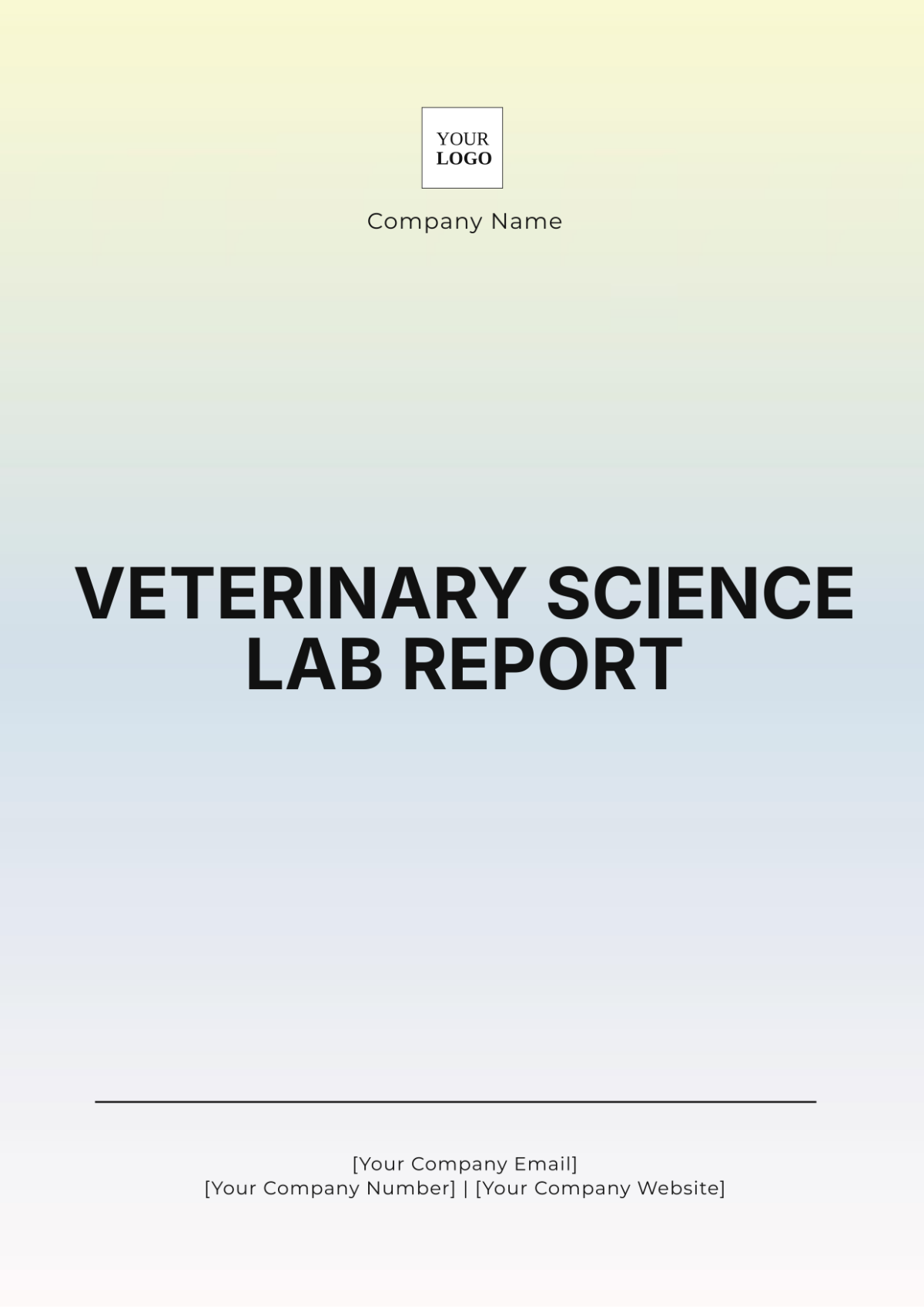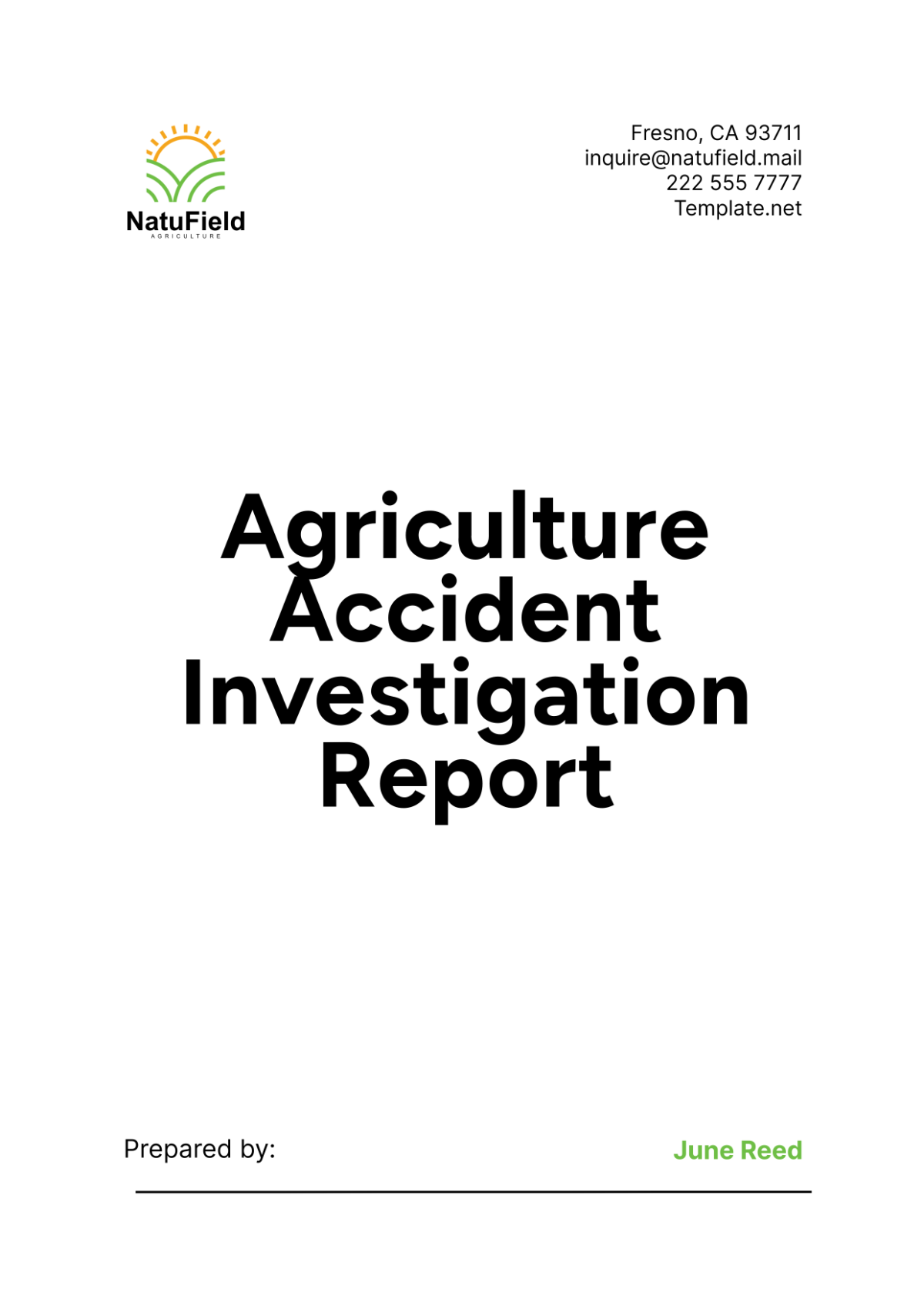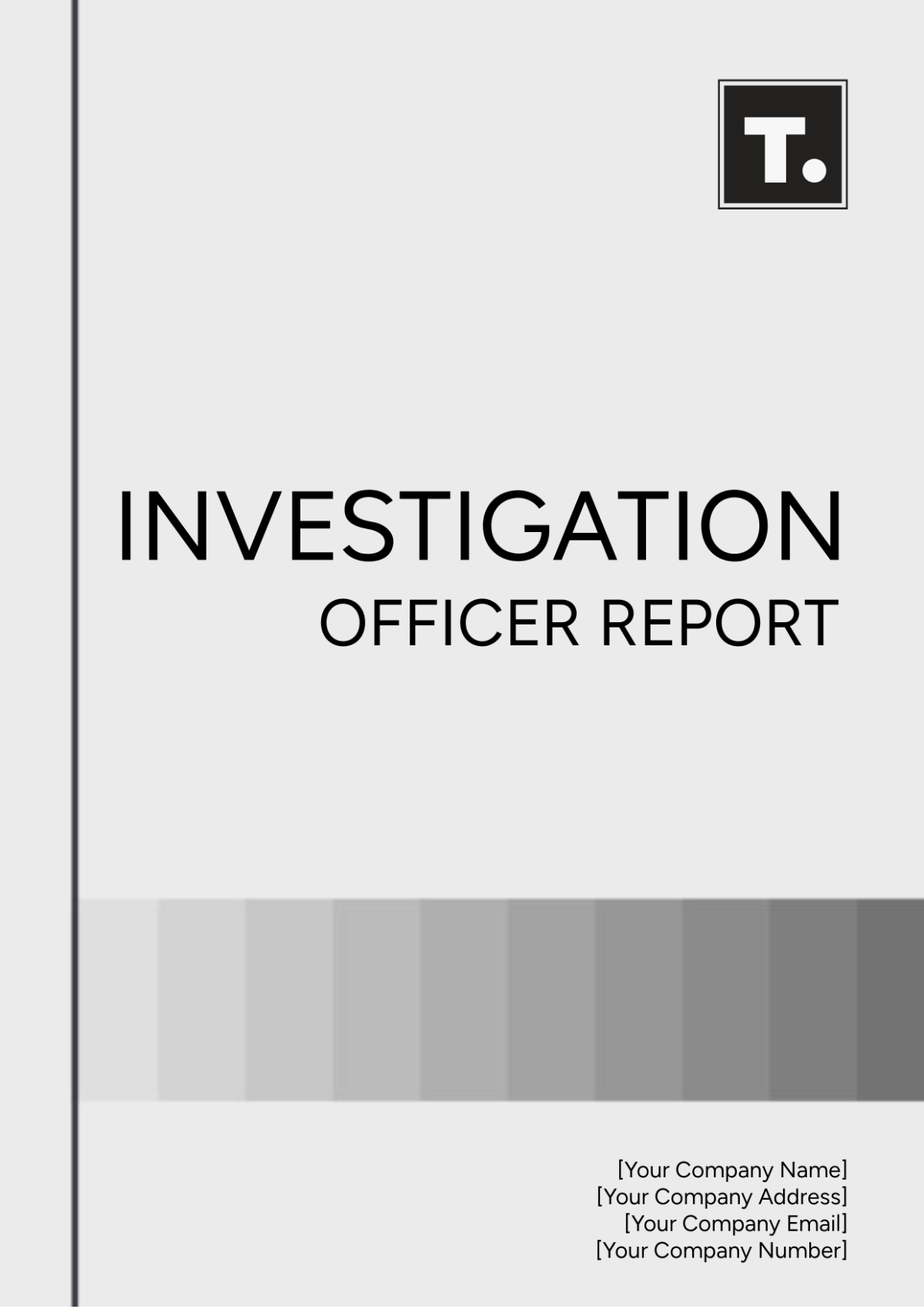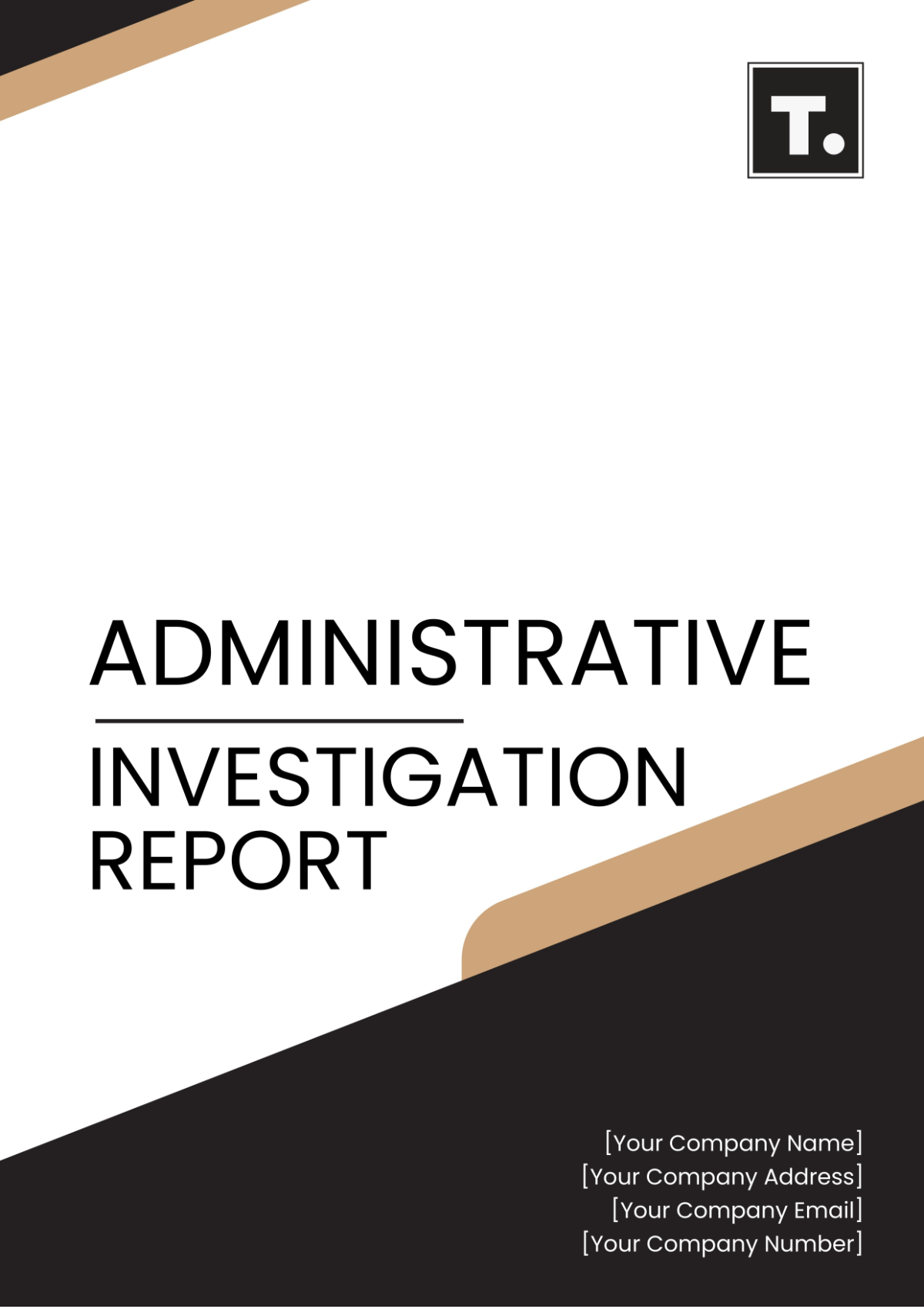Forensic Science Lab Report
Introduction
Forensic science plays a crucial role in the criminal justice system by providing scientific analysis, methodologies, and techniques to analyze physical evidence from crime scenes. This laboratory report aims to document the procedures, observations, and findings obtained during the forensic examination of evidence collected from a simulated crime scene.
Materials and Methods
Materials
Crime scene markers
Evidence collection kits
Fingerprint powder and brushes
DNA swabs and collection tubes
Photographic equipment
Magnification tools
Comparison microscope
Digital scales
Methods
The evidence from the crime scene was meticulously collected and processed following standard forensic protocols. The methodologies applied in this investigation include:
1. Evidence Collection
Evidence collection was conducted using the following steps:
Photographing the crime scene to capture the initial state of evidence.
Marking and documenting each piece of evidence with appropriate crime scene markers.
Collecting physical evidence using gloves and placing it in clearly labeled evidence bags.
Sealing evidence bags to prevent contamination.
2. Fingerprint Analysis
Fingerprint analysis was performed using the following steps:
Dusting the surfaces of collected objects with fingerprint powder.
Using brushes to reveal latent prints.
Photographing the revealed prints for documentation.
Comparing collected prints with known samples using a magnification tool and comparison microscope.
3. DNA Analysis
DNA analysis involved the following procedures:
Swabbing potential DNA sources such as blood, hair, or skin cells using sterile swabs.
Storing swabs in collection tubes pending analysis.
Extracting DNA using polymerase chain reaction (PCR) techniques.
Comparing the collected DNA profiles using a forensic database.
4. Substance Identification
The identification of unknown substances was executed through the following steps:
Weighing the substances using digital scales.
Conducting presumed tests for substance identification.
Confirming the identity of substances using advanced chromatographic techniques.
Results
Fingerprint Analysis
The following table summarizes the findings of the fingerprint analysis:
Evidence Item | Location of Print | Type of Print | Comparison Result |
|---|---|---|---|
Item 1 | Handle | Latent | Match with Suspect A |
Item 2 | Surface | Partial | Inconclusive |
DNA Analysis
DNA analysis resulted in the following findings:
DNA profile obtained from blood sample matched Suspect A with 99.99% probability.
A hair sample provided a partial DNA profile matching the victim.
Substance Identification
Substance identification tests yielded the following results:
White powder: Confirmed as cocaine.
Green leafy substance: Confirmed as marijuana.
Liquid sample: Identified as ethanol.
Discussion
The results from the laboratory tests performed indicate significant findings that are crucial to the investigation:
The fingerprint analysis revealed a match between latent prints found on the evidence items and the fingerprints of Suspect A. Additionally, DNA analysis strongly supports the involvement of Suspect A, as well as connecting a partial hair sample to the victim.
The substance identification process confirmed that the items collected contained prohibited substances, cocaine and marijuana, thus substantiating the illegal activities suspected at the crime scene.
Conclusion
The forensic analysis conducted in this lab investigation provided substantial evidence to link Suspect A to the crime scene through fingerprint and DNA matches. Furthermore, the identification of illegal substances corroborates the unlawful activities presumed to have taken place. These findings will be instrumental in the pursuit of justice and contribute significantly to the ongoing investigation.
